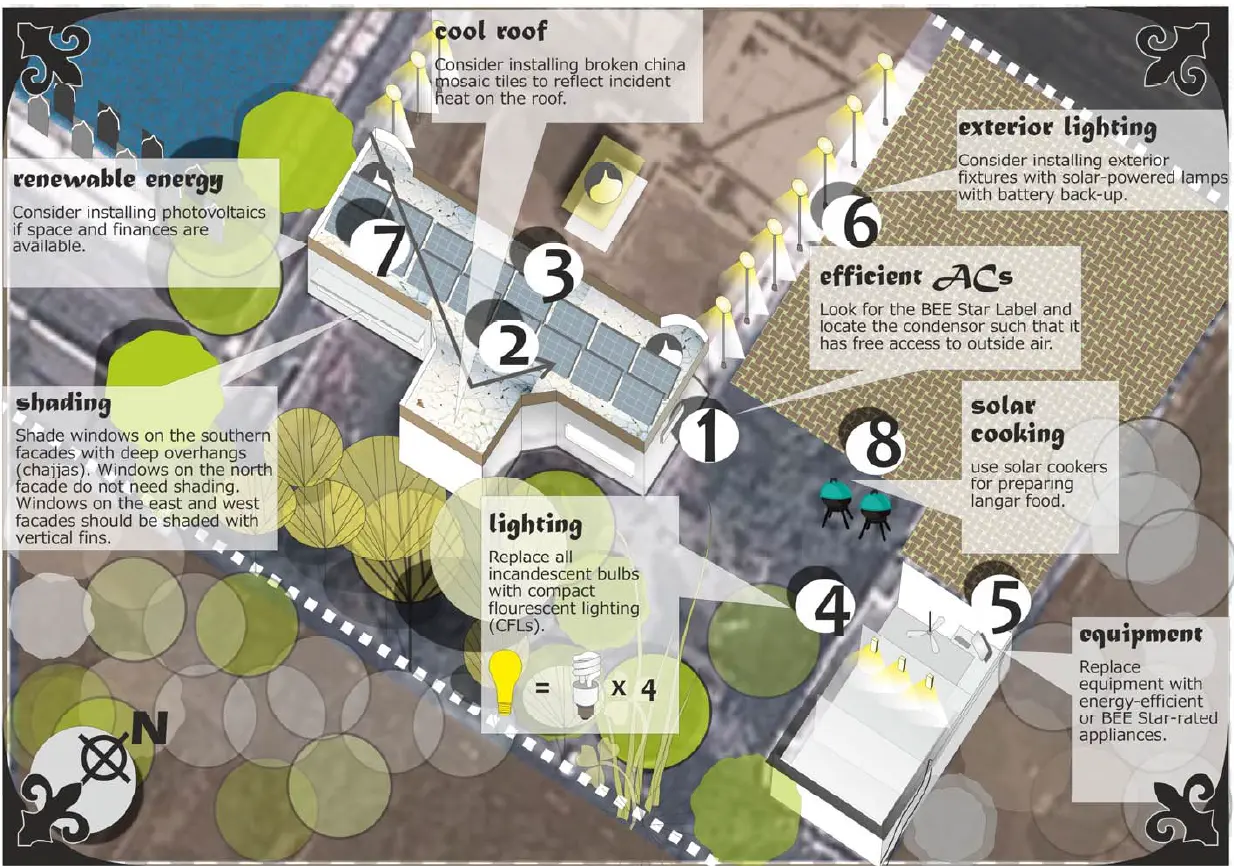Such an initiative may rekindle our innate kinship with our environment – propelling us to nurture and cherish rather than merely protect and conserve. So “while many wish to legislate our way out of these crises, the faiths wish to guide, not with ethics and codes but by example and mindfulness, care and companionship rooted in their experience down the centuries and even millennia”.
A deep reverence for all creation is an integral part of the Sikh way of life. This document is an extension of the belief ‘that a sustainable, more just society is possible, where water, air, land, forests, and biodiversity remain vibrant, living systems for our generation and future generations’. Towards this larger goal, we can begin with examining the physical environment and prevalent practices at our local Gurdwaras. It is an excellent place to start as places of worship have a deep impact on perception, behaviour, understanding, and motives.
A thing is right when it tends to preserve the integrity,
stability, and beauty of the biotic community.
It is wrong when it tends otherwise.
‐‐ The Land Ethic
Organisation of this Document
In keeping with the spiritual and environmental mandate of Sikhism, this document has been conceived as a guide for facility managers, caretakers, and members of the gurdwara management. The manual may also interest individuals from the sangat or the community who are looking for resources for practicing sustainable living. The document will help identify and implement appropriate sustainable technologies and environmental practices for Gurdwaras all around India. It is intended to inspire and inform the central Gurdwara committees that facilitate the day‐to‐day functioning of the Gurdwara, and set overall goals for the future.
It addresses the more technical issues of sustainable landscaping, composting, water conservation, and energy efficiency. However, if there is going to be a real environmental improvement in the regions in which Sikhs live and pray, then it is clear that Gurdwaras need to be leaders in reinforcing green thinking through education, advocacy, religious teachings, and partnership with secular bodies. Such issues have been addressed under the chapter on Green Practices and Education and Waste Reduction. A Glossary of Terms introduces readers to definitions and brief descriptions of frequently encountered terminology, without distracting or disturbing the flow of the main text.
The guidelines are organized under seven chapter headings:
1 Overview
2 Green Landscaping and Sustainable Sites
3 Energy Efficiency
4 Water Conservation
5 Waste Reduction
6 Green Practices and Education
7 Glossary of Terms
Download The Ecological Gurdwara Project: Green Guide for Sikh Temples
Source
Image Credit: EcoSikh
Tags: Green Guide for Sikh Temples


